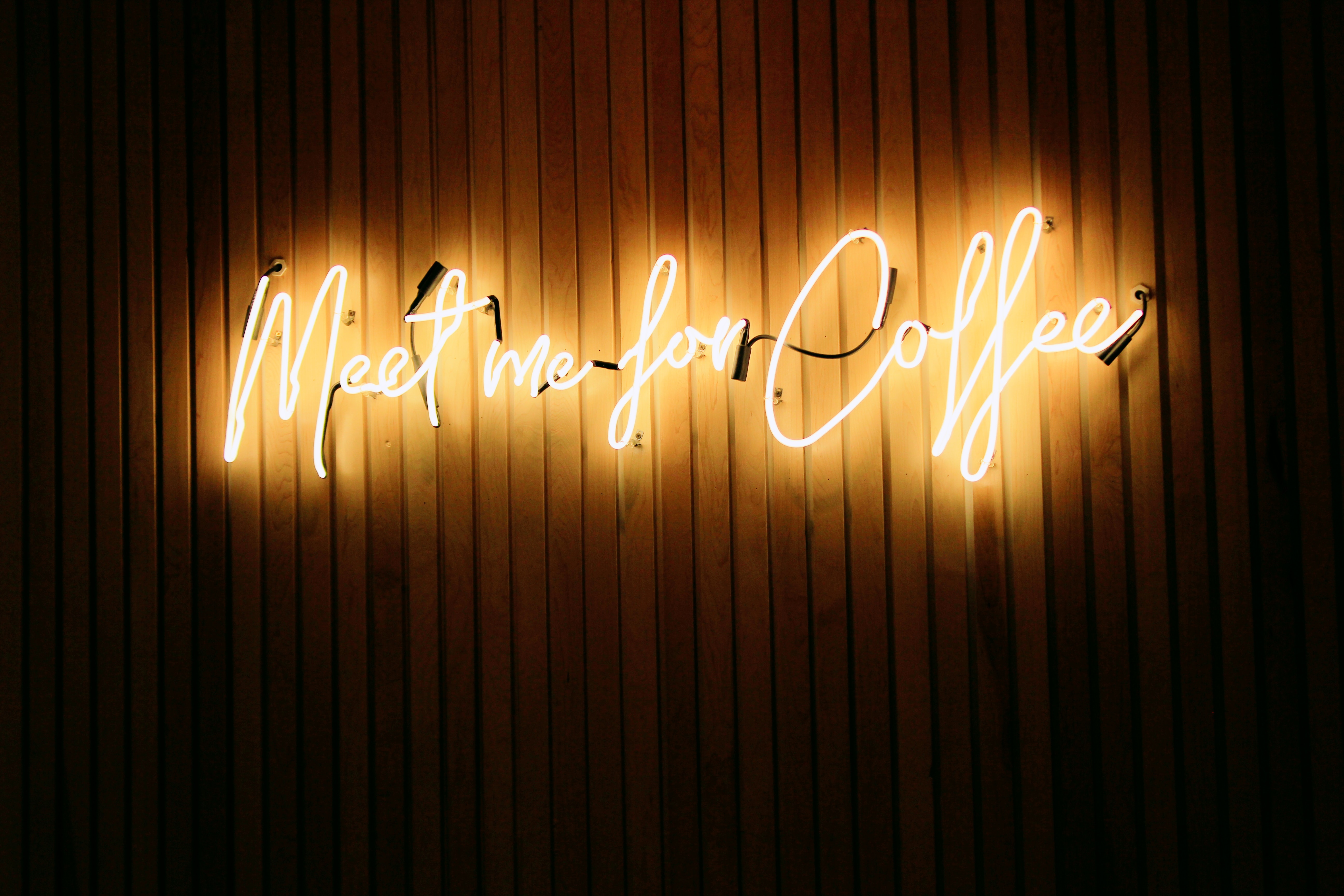
Making of Coffee
We now know how the fruits of the Coffea plants become beans, but what sorcery transmutes these solid beans into a liquid drink? Do not worry, for I shall enlighten you. The process can vary, but generally the beans are roasted, then ground, then brewed, then seperated.
Coffee beans are roasted via specialized coffee roaster machines, though the process can also be done with ordinary kitchen heating equipment such as ovens. This is not recommended, since it would likely not produce a good cup of coffeee. The roasting process is one of the most important parts, since it transforms the beans to the flavor and aroma needed for good coffee. Genius coffee wizards know all of the 1,000+ aroma components, and all the variations of the roasting process nessacery to achieve perfect flavors. For example, hotter, more intense roasting produces beans with an intense flavor and aroma.

The Daily Grind
The beans are then ground into a powder. The fineness of this powder will vary depending on the brewing process they are being prepared for. Wow, I knew before starting this website that a lot of parts of the coffee-making process is very specific, but now I see its even more specific than I thought. I'm glad to learn new things though, both about coffee and about how to make websites. The world sure is a wonderful place isn't it?

Brewing
From here we get even more specific, if you thought that was possible. Brewing is the process by which hot water is mixed with the coffee grounds, but there as many ways to do this as there are people in the world - well, not exactly that much, but you get the point. There's a lot of ways to brew this. For intance, there is the simple boiling method, also known as "cowboy coffee", where boiling water is poured over the grounds. There's the steeping or "french press", where hot water pours over grounds sitting in a filter above a cup - this way, the grounds mix with the water and drip down, but the larger chunks of grounds are caught by the filter, which is then pushed away by a plunger. The more common coffee makers use the "drip-brew" process, which is similar to the french press but does not use a plunger. There are also specialty methods such as cold-brew and espresso.

Coffee and the World
I bet you were expecting this segment to nbe titled "coffee around the world", weren't you? Well coffee is the second-most profitable export in the world - in other words, it is very important, so to study coffee is, in a way to study the world...
Coffeehouses, or restaurants that primarily serve coffee and food items that pair well with coffee, play a cultural role as social gathering areas. Many have free Wi-fi and cultivate a relazing atmosphere, which together with the energy-giving properties of coffee make them popular places to work, right, talk, and more. Throughout history, coffeehouses became known as places of social equality and free discussion, earning them the nickname "penny university" in 17th century London. In addition, the Beat Generation artistic movement is said to have started and thrived in coffeehouses.

While the shops and the drink have become commonplace, coffee still carries some association with the counterculture. But whatever your culture, coffee is the favored drink by anyone who needs to get shit done.